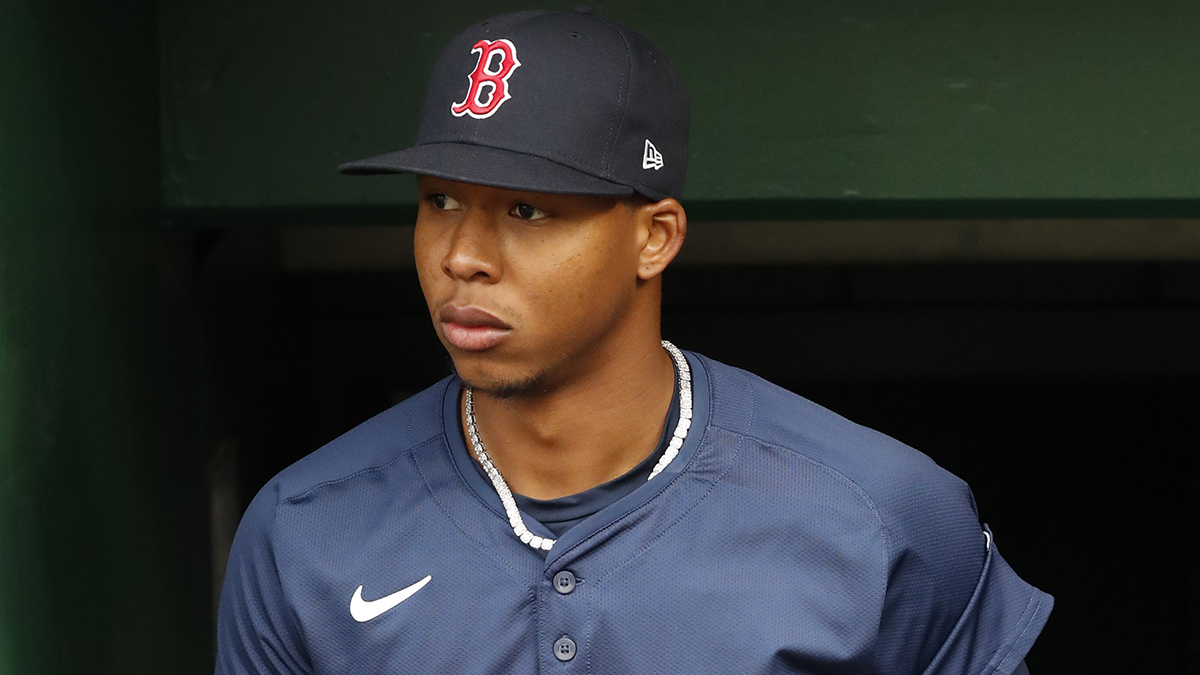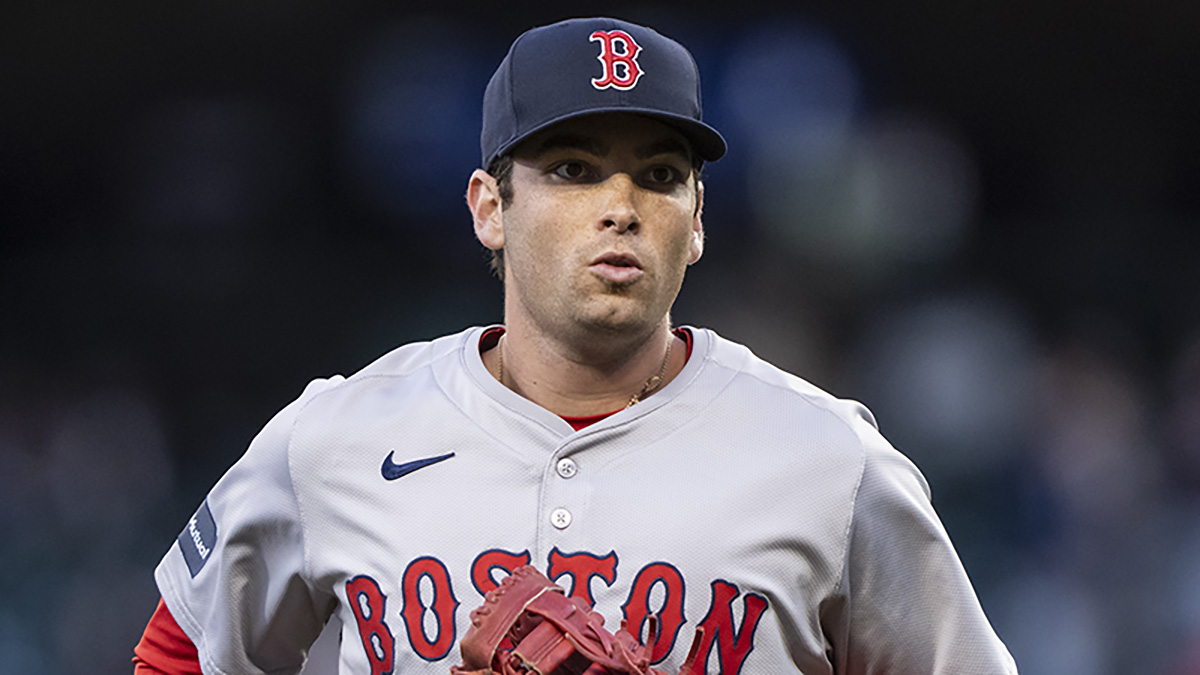Red Sox ownership evaluated last year's 84-win disappointment and didn't even wait until the season finale to hand president of baseball operations Dave Dombrowski his walking papers.
The changes expected of a bloated payroll required the kind of creativity ill-suited to a 60-something who still kept notes on index cards and preferred consummating trades the old-fashioned way, via actual talking.
Thanks for the World Series, but time for someone new.
In Dombrowski's place, the club hired Chaim Bloom, a 30-something Yale graduate who had demonstrated an ability to think imaginatively in Tampa while helping turn one of the game's smallest payrolls into one of its toughest outs.
LIVE stream the Celtics all season and get the latest news and analysis on all of your teams from NBC Sports Boston by downloading the My Teams App.
We spent the leadup to free agency wondering how the Red Sox would wow us. It felt like virtually everyone and everything was on the table.
They could trade their entire starting outfield, including former MVP Mookie Betts. They could move left-hander David Price. Maybe they'd even go nuclear and entertain offers for franchise shortstop Xander Bogaerts in an acknowledgement that what comes next might be more of a teardown than a reload.
When they hibernated at the start of free agency, we reasoned it away by saying that they were waiting out the market. The only teams that could afford to acquire players like Betts or Price would first target high-profile free agents.
Boston Red Sox
Only when they'd missed out on, say, Anthony Rendon and Gerrit Cole, would they coming crawling to the Red Sox, ready to deal.
When the high end of the market cleared out and still the Red Sox did nothing, we squinted a little, but figured they'd pull the trigger any day.
Blockbusters take time, especially when they involve the kind of money — $96 million remaining on Price's deal, the roughly $30 million due Betts — that only the richest teams can afford.
Then came arbitration agreements with Betts ($27 million) and outfielder Jackie Bradley Jr., two trade candidates, and an eye-opening interview with owner John Henry, who expressed indignance to Boston Globe columnist Dan Shaughnessy that the media had overblown ownership's desire to drop below the $208 million luxury-tax threshold, even though Henry had had revealed in September in direct terms that not only did the team need to shed significant payroll, "that's something we've known for more than year now."
Henry now insists that the front office's mandate isn't to cut payroll, but to remain competitive for the next five years.
While there's still time to swing a mega-deal, every day that passes brings us closer to the arrival of pitchers and catchers on Feb. 12 and the finalization of opposing payrolls and rosters, at least from a big-ticket perspective.
The Red Sox could soon find themselves without a willing trade partner, which means they'll be inhabiting the worst of both worlds, failing to cut payroll in what feels like a necessary long-term recalibration, but also sitting out an entire offseason, save for a stray Martin Perez or Kevin Plawecki, leaving last year's flaws in place.
What started as an offseason promising seismic changes could instead end with the club returning intact in the hopes that it rebounds.
And for this they needed to overhaul baseball operations? So they could do . . . nothing? Are we supposed to feel good about maintaining the status quo?
The whole idea of change at the top was to avoid a repeat of 2019, but the way things stand now, the Red Sox appear comfortable rolling out virtually the exact same team and hoping for different results.
It's hard to imagine anyone considered that outcome either a goal or a mandate.


